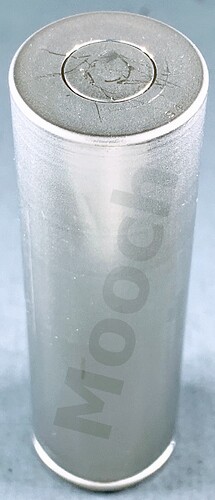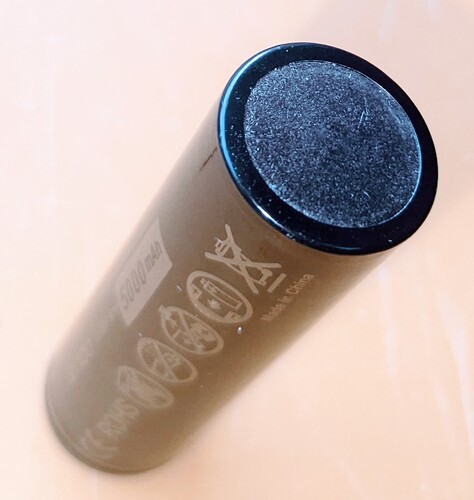Thanks, but I think you may have missed this a little further up in the other thread I pointed to above:
And in fact some of the specs in the (incomplete) list on Sofirn’s product page disagrees with the LR2170SD datasheet. And the battery’s negative terminal shows a circular vent in Mooch’s review/test post:
which definitely does not exist in the battery I’ve received from Sofirn:
So it seems that, at some time in the past, Sofirn indeed rewrapped the LR2170SD, but apparently not anymore.
Please @Barry0892 and @Sofirn, can you clarify this for us? TIA!

